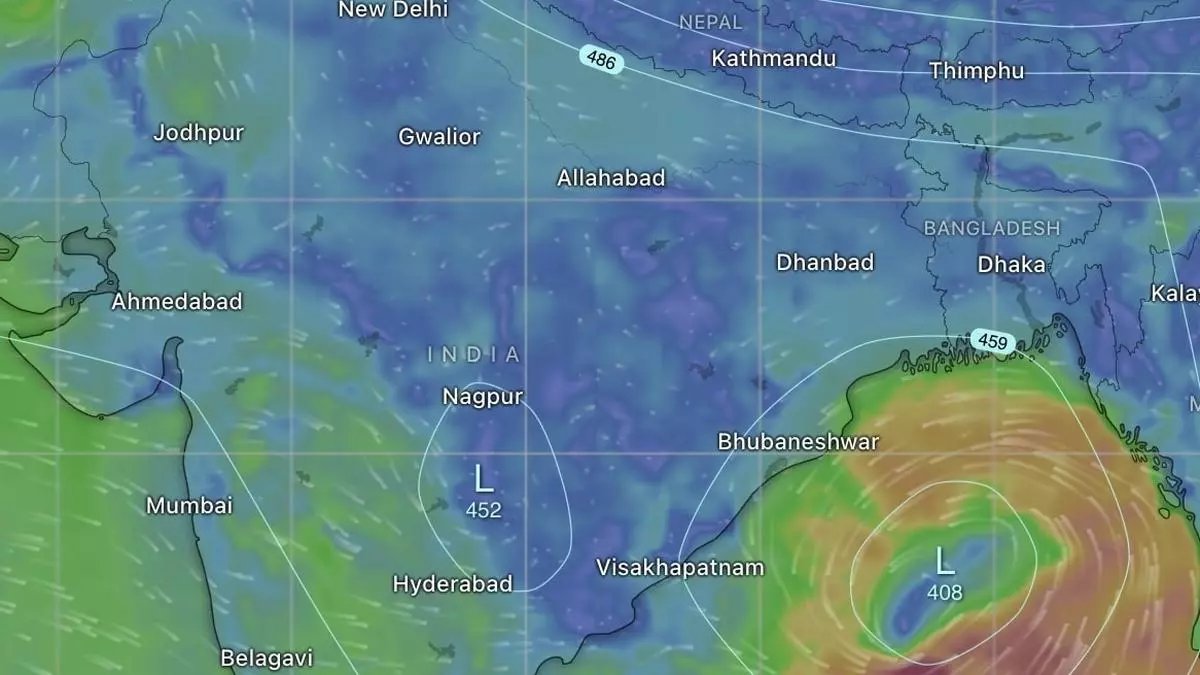There appears to be a nearly equivalent increase across fractile classes in Monthly Per Capita Consumption Expenditure (MPCE) spanning both rural and urban areas over the decade, with a sharp reduction in the gap between the top and bottom fractiles in urban areas in particular, according to a State Bank of India Research Report.
The report’s findings are based on the Survey on Household Consumption Expenditure: 2022-23 (HCES) by NSSO.
“Enhanced ‘Ease of Living’ for rural households is on the cards, enabling seamless connectivity, with improved transportation upending consumption, in turn altering buying & selling/ consumption patterns deeply. Incremental length of rural (Grameen area) roads built under PMGSY, converging with National Highways is improving “Loops of connectivity”, facilitating real-time two-way access for the rural populace, as horizontal integration kicks in as a key differentiator,” SBI said.
“Consequently, the difference between rural and urban MPCE to rural MPCE is in deep decline, with around 30 per cent of rural MPCE now propelled by endogenous factors, as the government fortifies the ecosystem through transformative measures such as DBT transfers, PM-KISAN, Ujjwala, MSP, eNAM, and AIF all strengthening the rural infrastructure,” it added.
However, the journey is only half complete, with a significant gap between the top and bottom echelons; average MPCE (₹10,501) of the top 5 per cent of the population remains about 7.6 times of the average MPCE (₹1,373) of the bottom 5 per cent of India’s rural population, still more pronounced in urban areas (10.4X).
“Despite progress made pan-India, regional disparities linger. Average MPCE in the southern and northern states remains close to twice as high as that in their eastern counterparts. On the brighter side, however, the growth rate embraced by the eastern states in rural areas (2022-23 over 2011-12) is a tad higher than their peer states in higher buckets, augmenting their propensity to bridge the gap, despite a higher population size. Interestingly, states in the North-East have exhibited the highest percentage of decadal growth, an offshoot of the ‘Look North-East’ policy adopted in the last decade, that has ensured enhanced ‘Ease of Business & Living’ for once lagging states,” SBI said.
There is a marked change in food habits, reflective of the changing lifestyle across the country. For example, the NE region exhibited the largest decline in rice consumption in both the rural and urban areas, wheat consumption has declined by more than 1 kg per person per month in both the North and Central regions (both rural and urban), while cereals consumption (in all regions in both rice and wheat) has declined in 2022-23.



